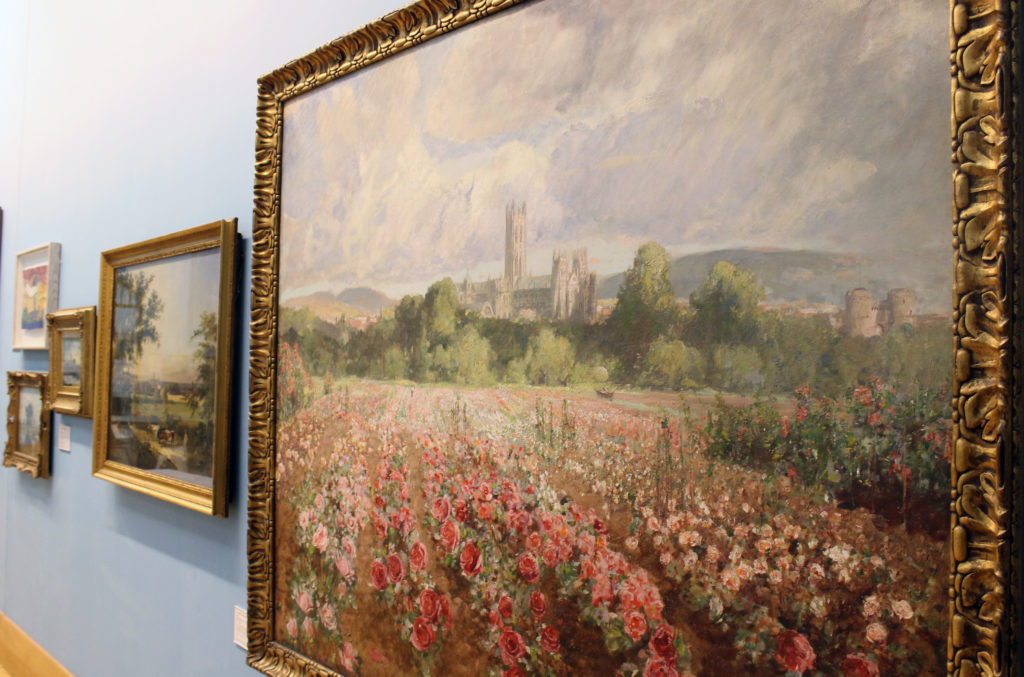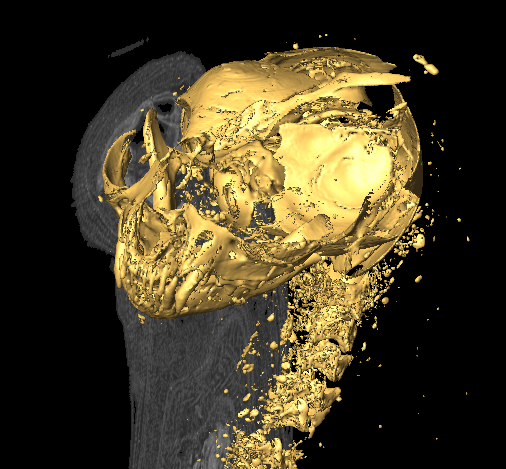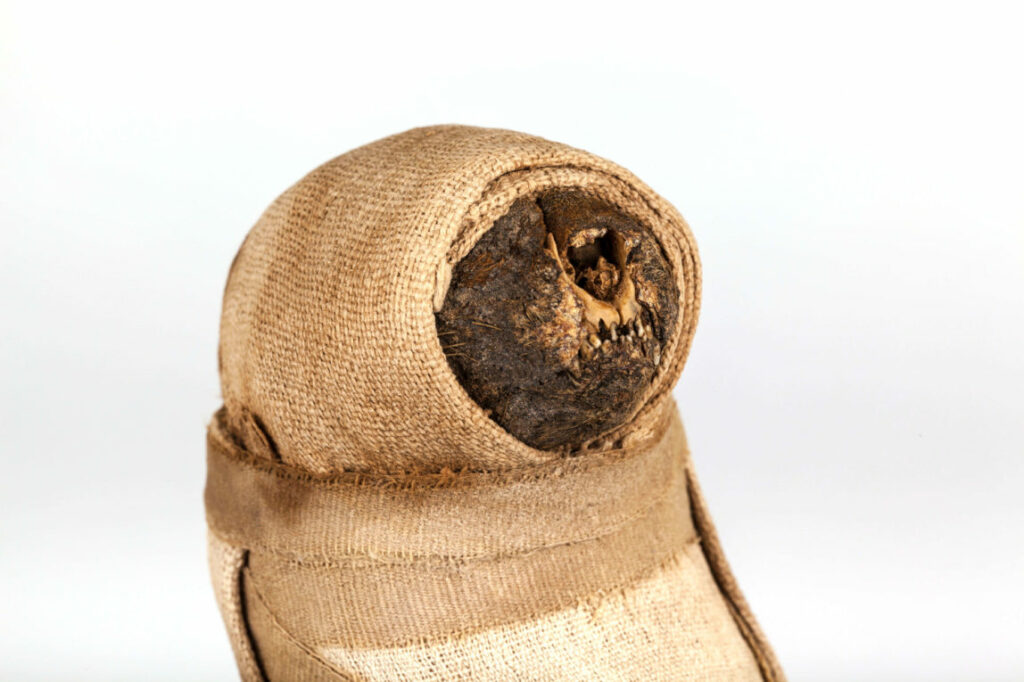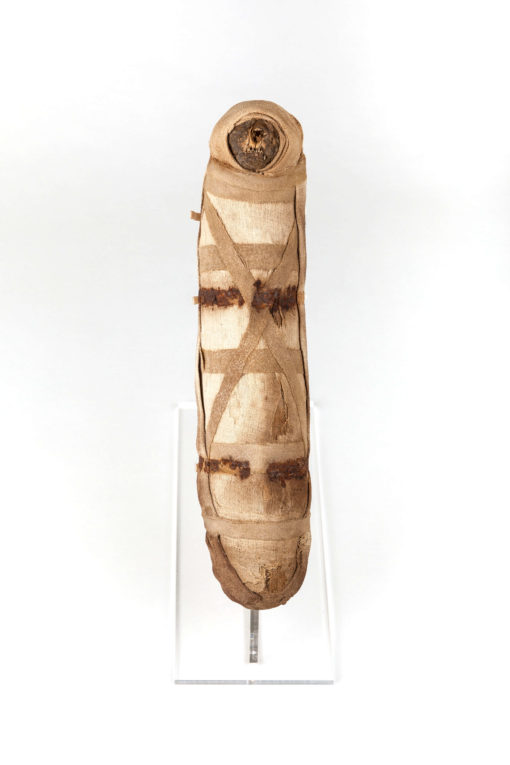
Easter fun at the museums!
Exhibitions, trails and activities; six fun things for all the family to enjoy at The Beaney and...
We’re joined at The Beaney this week by a local Secondary School Student who is on a work placement with us. Oly is spending the week at museums supporting our work and has been researching one of our most popular exhibits. Here’s what Oly found out:
Mummified Cat
Period: 3,000 BC to about 400 AD
Material: Cat, Linen Cloth
Cats were considered sacred to the ancient Egyptians and there was even a cat God, Bastet – the daughter of Re; the sun God. Many pharaohs owned a plethora of feline friends and wished for their cats to be buried alongside them when they passed on. In the afterlife it meant they had an honoured companion known for its ethereal presence in the mortal life.
Cats were mummified at the heart of Bastet worship – the city of Bubastis and were even granted their own cemeteries. To mummify a cat, embalmers removed their insides; replacing them with sand or earth to prevent rot before wrapping them in salt soaked bandages to encourage preservation. The cat’s legs and tail are tucked in during this process and its pose almost mirrors that of their human companions.
See under the wrappings with this digital scan of the mummified cat Click to read additional content  Close
Close
In addition to the creature in itself being handled with the same care as an esteemed pharaoh, its eventual demise lay in Victorian Britain where explores bought back some 300000 felines to use as fertiliser in Liverpool. Often their human counterparts met similar fates with mummies supposedly being crushed up and used in medicinal remedies, or their bandages being used to wrap groceries or butcher’s meats.
Throughout the many years this cat has been mummified and preserved it still has retained its feline features. For example, the distinct whiskers and sharp teeth are still visible today which goes to show how effective ancient Egyptian embalming methods and technology really were.

This object draws me in because of what it reveals about the unique Ancient Egyptian perspective . In many other cultures, classes of nobility and royalty were the only ones mummified and sent down to elaborate tombs that would carry them into the afterlife. If cats were considered as high-class as those members of society, as the care in preserving this domestic creature indicates, it proves the devotion that humans of that time held to their feline friends, even going so far as to put them above members of their own species.

Find this item in the Explorers & Collectors Gallery.
